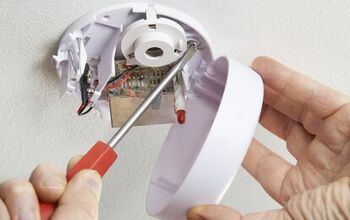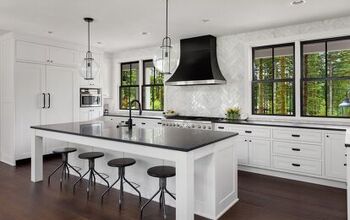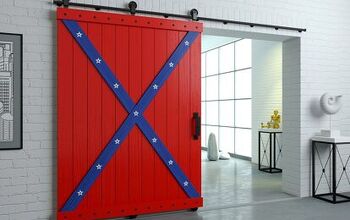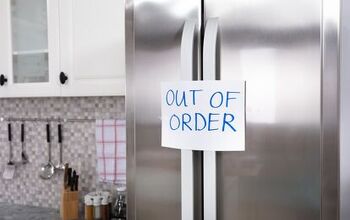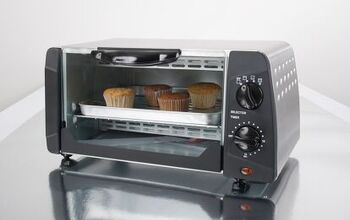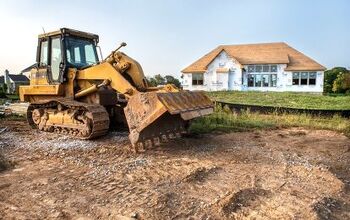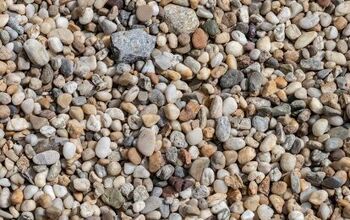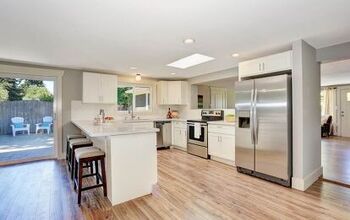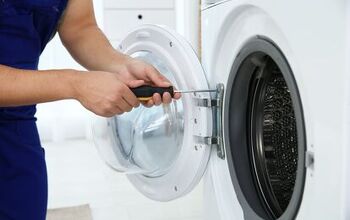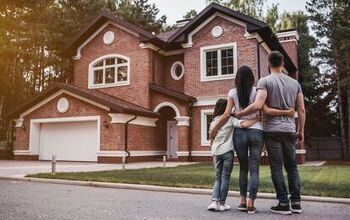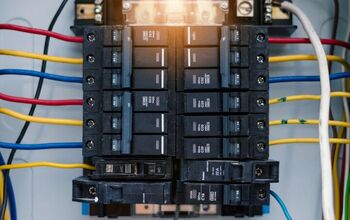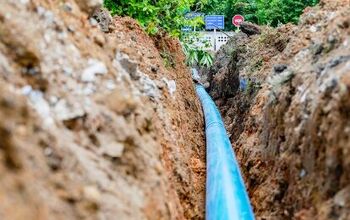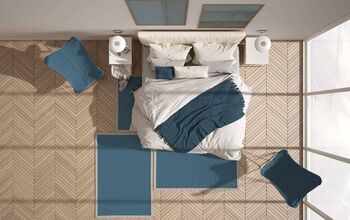Best Vegetables To Grow Inside An Apartment

If you live in an apartment, you don’t likely have space to grow vegetables outside. That can be disheartening if you have a green thumb. However, all is not lost. You may want to know what are the best vegetables to grow inside an apartment?
The best vegetables to grow in an apartment are kale, spinach, and potatoes. They don’t need too much water per week and thrive in 6 to 10 hours of light per day. You can also easily grow tomatoes, radishes, and scallions inside your apartment if you maintain a healthy soil temperature.
Gather supplies like thermometers, sandy soil, trowels, and grow lights to ensure your plants thrive. Follow along as we explore the best vegetables to grow inside an apartment.
Are You Allowed To Grow Vegetables In An Apartment?
You are allowed to grow vegetables in an apartment unless your lease says otherwise. It’s rare for a landlord to specify that you can’t grow plants in an apartment. However, you should check your lease agreement to make sure before you start to grow vegetables.
What Vegetables Can You Grow In An Apartment?
Whether it be radishes or kale, you can grow many vegetables in an apartment. That said, you must make up for the fact that your vegetables won’t naturally get everything they would get outside. This is why a healthy watering schedule and a set of grow lights are essential. The best vegetables to grow inside an apartment include:
1. Kale
Kale is among the healthiest vegetables you can grow in an apartment. Buy grow lights and set them to a day and night cycle to mimic sunlight. You don’t need to water kale every day, but you should water it deeply a few times per week.
The soil should stay damp if you provide 2 inches of water per week. It only takes 55 to 75 days to grow kale from seed, but it can grow faster. Luckily, kale will continue to grow leaves after you cut them if you don’t harm the roots or stems.
2. Spinach
Much like kale, growing spinach inside an apartment doesn’t take much work. Spinach relies on full sunlight to thrive, but it can do well with a little bit of shade. Use soil that drains well and doesn’t retain too much water.
It takes up to 10 weeks to grow and harvest spinach, but it can take as little as 6-7 weeks. Water your spinach enough to keep the top 2 inches of soil damp. Once you harvest it, you can pair your spinach with lettuce and kale to make healthy, homegrown salads.
3. Potatoes
It’s easier to grow potatoes outdoors than indoors, but you can grow them in an apartment. The trickiest part of growing potatoes indoors is finding the right container. Potatoes have fibrous roots that need plenty of space to thrive.
That’s why you must find a container that is at least 12” to 14” deep. Keep a thermometer handy and check the soil each day to make sure it never dips below 40 degrees Fahrenheit. Potatoes thrive in sandy soil that drains well.
Set your grow lights to a 6-hour cycle for the best results. You only typically need to water potatoes once every 2 to 3 days. However, you must check the soil to make sure the top layer stays moist.
4. Tomatoes
While tomatoes are easy to grow, they have specific requirements to thrive. For example, tomatoes thrive in soil that stays at 70 degrees Fahrenheit. Tomatoes typically need at least 8 hours of sunlight outside, so you must mimic that in your apartment.
Put your tomatoes in a big pot that measures up to 20 inches to encourage healthy growth. Ideally, you should keep your tomatoes away from air vents and exterior walls. This ensures that they will stay warm enough to grow.
Much like potatoes, tomatoes rely on sandy soil that drains well. Treat the soil with phosphorous, nitrogen, and potassium so they have a great nutrient balance.
5. Radishes
It’s easy to grow radishes in an apartment, but the yield may not be as great as an outdoor planting. The key to growing radishes is to space them out far enough. Ideally, you should put at least 1” to 5” of space between each bulb.
While radishes can do well with 6 hours of sunlight, they do better with 8 to 10 hours. Potassium and phosphorous are the best nutrients for radishes. Nitrogen is okay as well, but radishes don’t need much to thrive.
You only need to provide 1” to 2” of water to your radishes each week. Ideally, you should spread this throughout 2 to 3 days each week.
6. Scallions
Scallions are easier to grow than many other vegetables because of their simple growth requirements. The biggest thing to consider is that you must plant the seeds in a 2”-wide band. Once they start growing, you must provide 0.8 cups of water 1 to 2 days per week.
If the soil drains well, the water will go 10” deep. Sulfur is the most important nutrient for scallions, and they are sensitive to nitrogen. Set up your lights to run for 6 hours a day, and avoid putting them too close to the scallions. Otherwise, they may get scorched.
Tips for Growing Vegetables Indoors
The most important part of growing vegetables inside an apartment is getting all your supplies before you start. This includes soil, lights, pots, thermometers, trowels, watering cans, and humidity meters. It’s also important to determine how much space you have.
The room you grow your vegetables in has a lot to do with how well they will grow. For example, most vegetables cannot handle cold temperatures, so you must not place them near vents. Veggies that rely on partial shade should never be in a room with lots of windows.
It’s also important to inspect your vegetables each day for signs of overwatering and underwatering. This includes leaf discoloration, wilting, and fallen leaves. Finally, you must check the soil each day to make sure it isn’t too dry or too wet.
Summing It Up
Kale, spinach, and potatoes are the best vegetables to grow inside of an apartment. They all require full sunlight to partial shade and don’t need much water. Tomatoes, radishes, and scallions are also easy to grow indoors if you get big enough pots and use soil that drains well.
Related Guides:

Nick Durante is a professional writer with a primary focus on home improvement. When he is not writing about home improvement or taking on projects around the house, he likes to read and create art. He is always looking towards the newest trends in home improvement.
More by Nick Durante











![Finishing Basement Without Permit [Is It Really Illegal?]](https://cdn-fastly.upgradedhome.com/media/2023/07/31/9070078/finishing-basement-without-permit-is-it-really-illegal.jpg?size=350x220)
